In a groundbreaking move for aviation security, the U.S. Transportation Security Administration (TSA) has certified 18 Federal Air Marshals (FAMs) as drone pilots, completing their first training program to operate the advanced Skydio X10 small unmanned aerial system (sUAS). Reported initially by Zag Daily, this initiative, held over three days at the decommissioned Sam Boyd Stadium in Las Vegas, signals a strategic shift toward leveraging Drone Technology to assess Airport vulnerabilities and counter rising UAS threats. As drone sightings near U.S. airports continue to escalate, this program underscores the TSA’s proactive stance in adapting to modern security challenges.
Drone Training Program Unveils New Capabilities
Conducted in late 2024, the certification course utilized the expansive 63-acre footprint of Sam Boyd Stadium, offering ideal conditions for hands-on drone operations. The training equipped FAMs to pilot the Skydio X10, a U.S.-made sUAS renowned for its autonomous flight capabilities and high-resolution imaging. Graduates are now tasked with conducting airport perimeter sweeps, analyzing critical infrastructure weaknesses, and responding to UAS incidents—roles previously limited to theoretical tabletop exercises. Serge Potapov, Executive Director of the Law Enforcement/Federal Air Marshal Service (LE/FAMS) Flight Programs Branch, hailed the effort as transformative, noting that it enhances operational precision and extends the agency’s reach into hard-to-monitor areas.
The choice of Las Vegas as the training site was no coincidence. The TSA partnered with the Las Vegas Metro Police Department (LVMPD), tapping into their established drone expertise. This collaboration not only provided a cost-free venue but also enriched the curriculum with real-world law enforcement insights. Assistant Supervisory Air Marshal in Charge Ty Fletcher emphasized the practical benefits, stating that the shift to real-time assessments marks a significant upgrade over past methods.

Addressing a Growing Threat
The TSA’s push into drone operations comes amid a sharp uptick in unauthorized UAS activity near airports. Since 2021, the agency has logged over 2,000 sightings, with some incidents forcing pilots to execute evasive maneuvers at altitudes as low as 500 feet. The U.S. Government Accountability Office (GAO) has repeatedly urged stronger coordination and legislative updates to tackle these risks, a call echoed in its recent reports. By deploying trained FAMs with drones, the TSA aims to bridge this gap, enhancing its ability to detect and mitigate threats in restricted airspace.
The Skydio X10’s selection reflects its suitability for such missions. With a flight range exceeding 12 miles and a battery life of approximately 40 minutes, it offers robust surveillance potential. However, its premium price tag—estimated at several times the cost of comparable DJI models—has raised eyebrows. As noted in a DroneXL.co article, the X10’s American manufacturing and compliance with National Defense Authorization Act (NDAA) security standards might justify its cost for government use, though it contrasts sharply with DJI’s budget-friendly options dominating the drone market.
READ MORE: BLUE SUAS PURCHASED BY PENTAGON ‘8 TO 14 TIMES’ MORE EXPENSIVE THAN DJI DRONES

Industry Context and Market Implications
This initiative aligns with broader trends in the Drone Industry, where security applications are driving demand for enterprise-grade sUAS. Skydio, a California-based firm, has positioned itself as a leader in this niche, capitalizing on U.S. agencies’ shift away from Chinese-made drones like those from DJI amid Data Security concerns. The TSA’s adoption could signal a ripple effect, potentially boosting Skydio’s market share while pressuring competitors to innovate. Yet, the higher cost—potentially exceeding $10,000 per unit compared to DJI’s alternatives—underscores a trade-off between security and fiscal considerations, a debate likely to intensify as federal budgets tighten.
From a regulatory standpoint, the program operates within the Federal Aviation Administration’s (FAA) Part 107 framework, which governs commercial drone use. However, the GAO’s push for updated counter-drone authorities suggests that legislative changes could soon expand the TSA’s operational scope, possibly allowing more aggressive UAS interdiction tactics. Such shifts would further elevate the role of trained FAMs in national airspace management.
Future Expansion on the Horizon
Looking ahead, the TSA plans to scale this effort significantly. A second training session is slated for March 2025, targeting Midwest field offices, with an East Coast rollout planned for summer. This phased approach aims to certify dozens more FAMs by year-end, integrating drone operations into routine security protocols nationwide. The use of decommissioned venues like Sam Boyd Stadium could become a model, offering cost-effective training grounds while fostering local partnerships.
The program’s infrastructure demands remain modest for now, relying on existing TSA resources and Skydio’s support network. However, as deployment grows, investments in charging stations, maintenance facilities, and data processing systems may be required, potentially straining budgets already stretched by the X10’s upfront costs.
A Strategic Leap Forward
The Federal Air Marshals’ drone pilot training marks a pivotal evolution in airport security, blending cutting-edge technology with law enforcement expertise. By embracing the Skydio X10, the TSA is not only addressing immediate UAS threats but also laying the groundwork for a more resilient aviation ecosystem. The initiative’s success could reshape how agencies approach airspace monitoring, though its reliance on pricier American-made drones invites scrutiny over long-term sustainability.
DroneXL’s Take
While the TSA’s move is a technical triumph, the cost-benefit equation warrants closer examination. The Skydio X10’s capabilities are undeniable, but with DJI offering comparable functionality at a fraction of the price, taxpayers may question whether security gains justify the premium. As the program expands, transparency on performance metrics—such as detection rates and incident response times—will be critical to validating this investment.
Photos courtesy of Skydio / Drone Supremacy / DroneXL.co
Discover more from DroneXL.co
Subscribe to get the latest posts sent to your email.
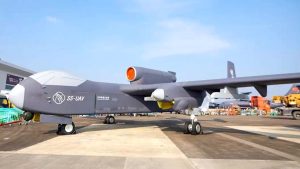
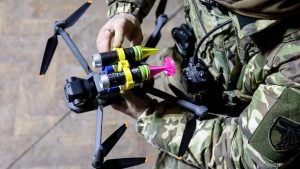

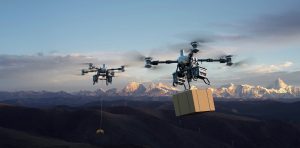
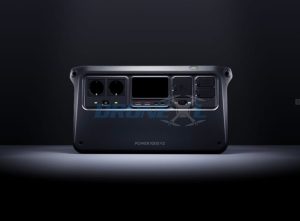



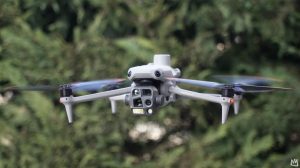
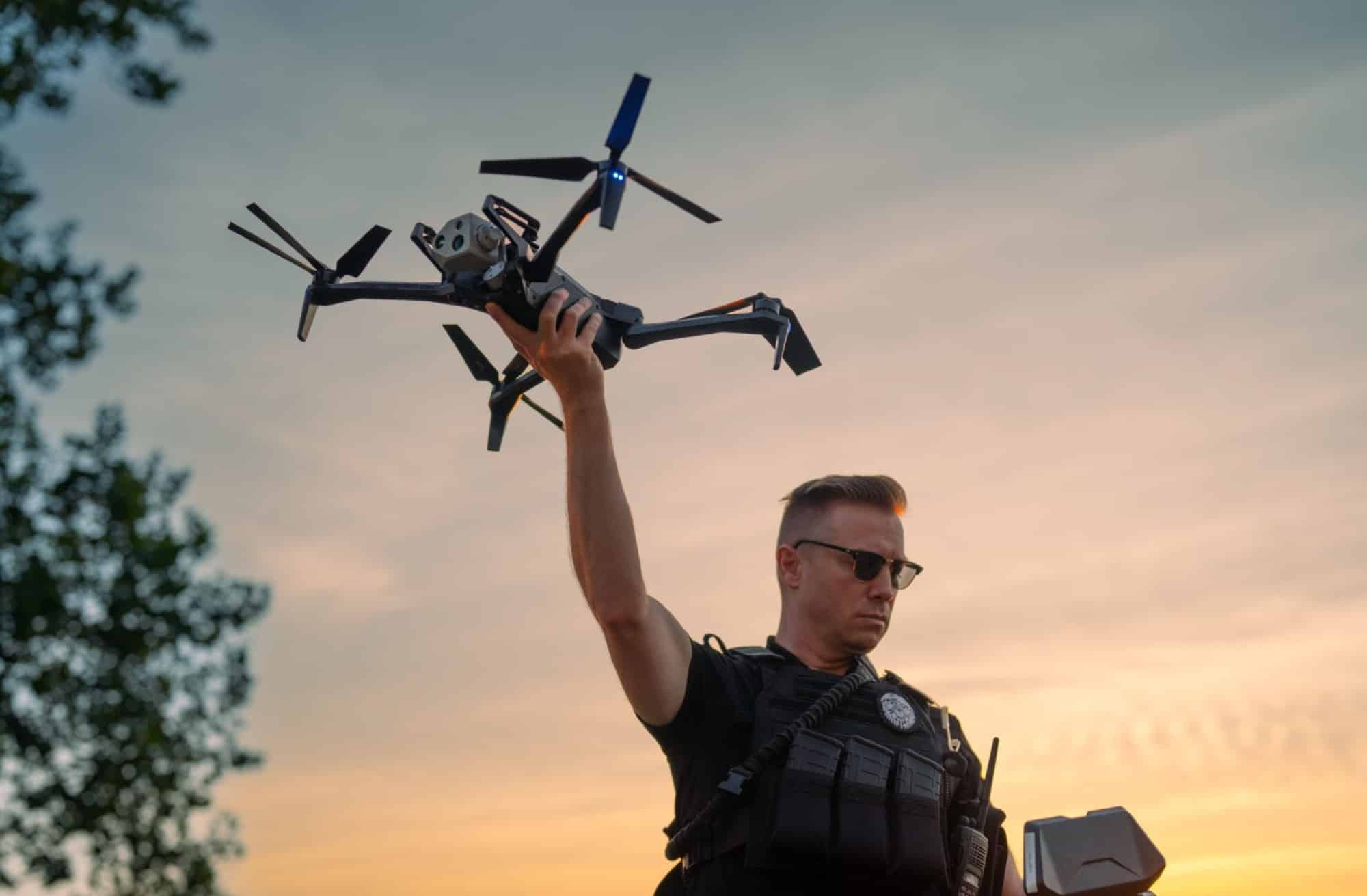
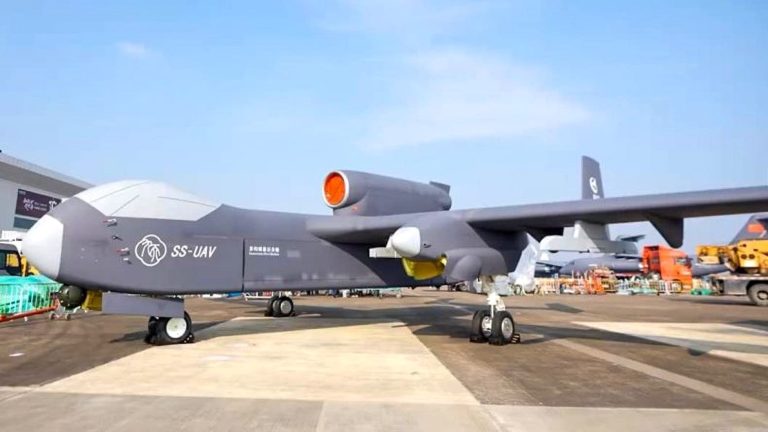

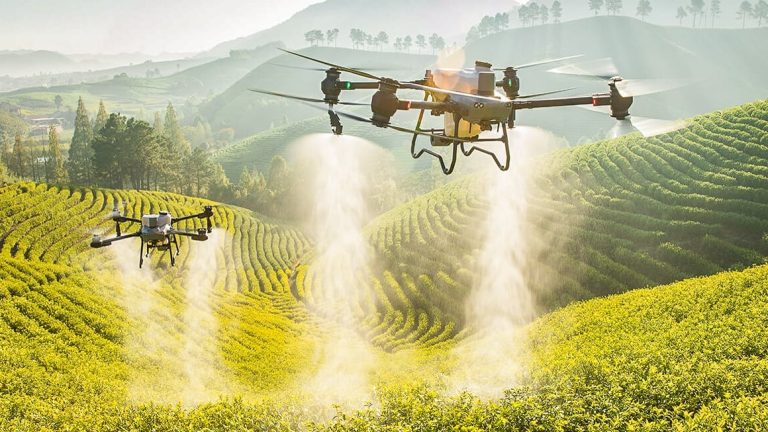
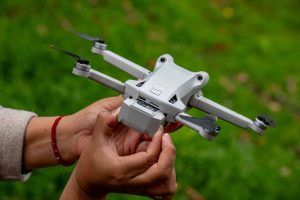
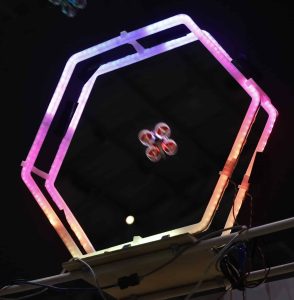
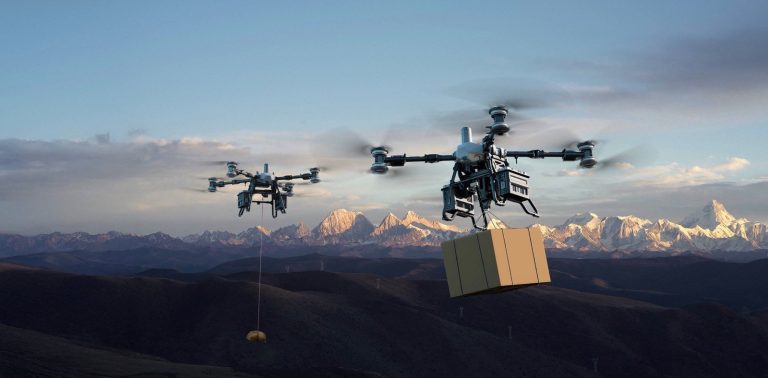

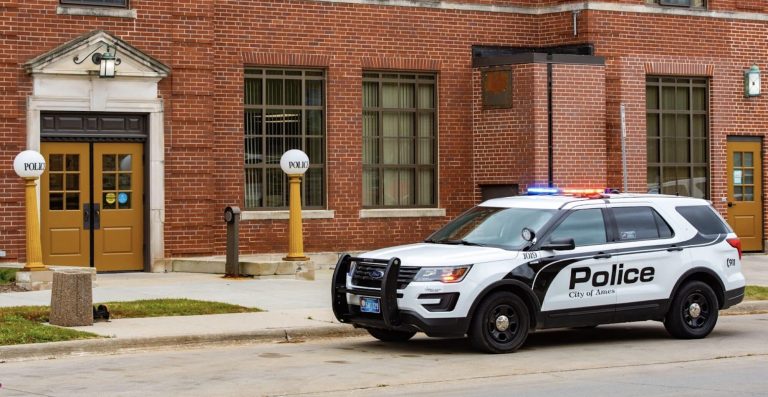


+ There are no comments
Add yours